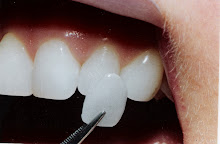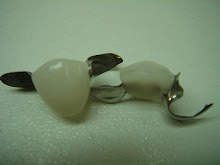Kids, middle-agers and active agers get much benefit from walking.
Walking has minimal impact forces on the joints and minimal strain on the heartmaking it a relatively safe cardio activity for almost everyone - kids, middler agers or seniors. It ia also a weight bearing exercise so it helps to reduce bone loss.
Exercise is an essential complement to medications for those who need it. A long time friend and colleague, Prof KJ Steward said,"while gine therapy holds much promise for the future, gum therapy is effective and available today."
Children are meantsto be active so unstructured play should be encouraged. Walking is a little too low-intensity for them, as they should be dashing about. Unfortubately, cultural and social pressures go against this natural tendency to run about (e.g. a good and well behaved child is one who sits still and quietly).
To encourage children to be active and spend less time in front of computer or TV, they can be given a pedometer and encouraged to hit a target of 13000 steps per day through various forms of physical activity, both structured and unstructured.
For middle-aged individuals, this stage is when chronic disease tend to start setting in so they should be physically active to prevent or manage such disease. Work and family pressures tend to make it difficult to set aside time for exercise, and they lose their fitness.
To get back into an active lifestyle, one can start with something easy such as walking, either as an exercise or as part of one's incidental daily activities. As one gets fitter, one can try more intensive activities such as brisk walking and various sports.
Monday, August 31, 2009
Subscribe to:
Post Comments (Atom)






















No comments:
Post a Comment